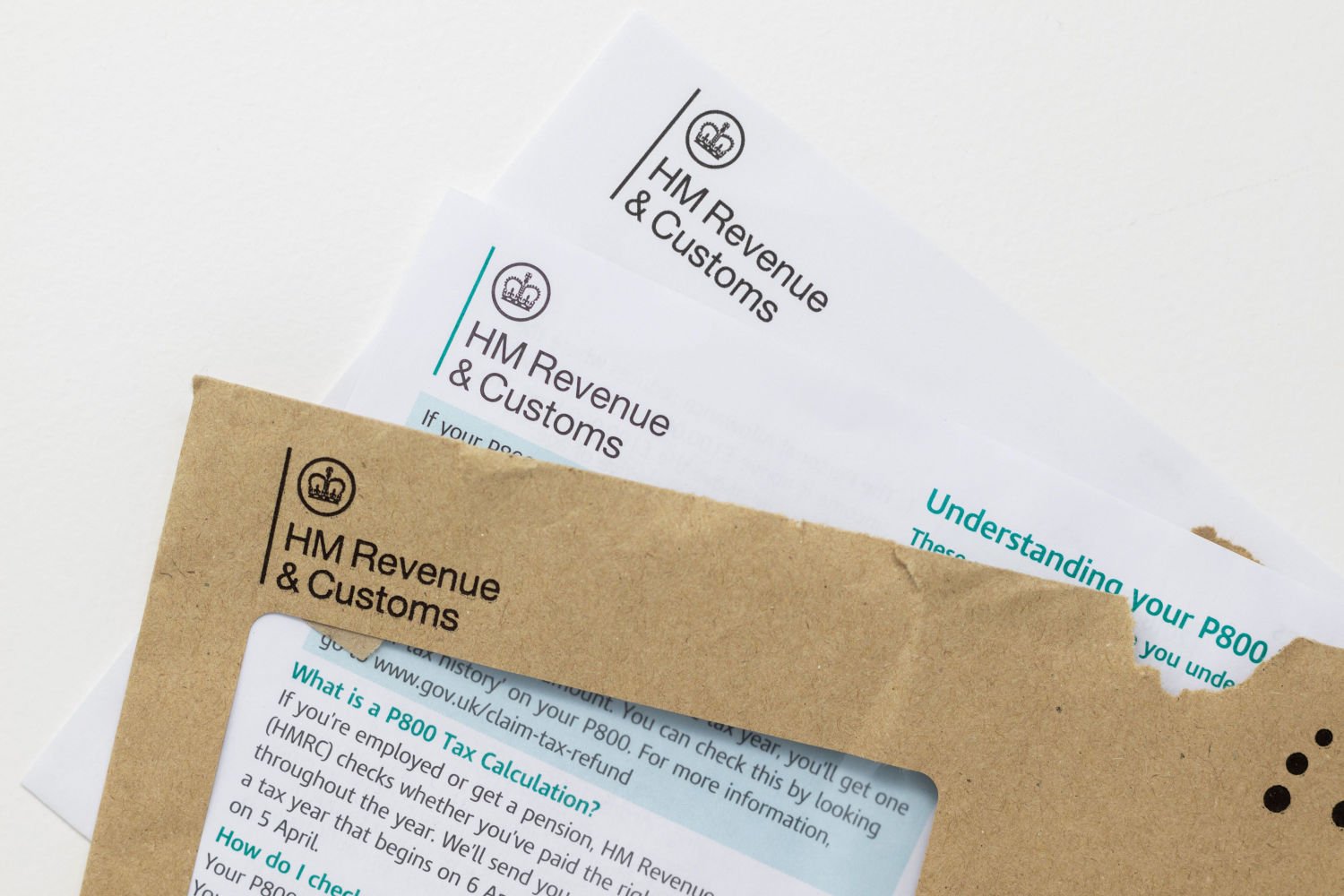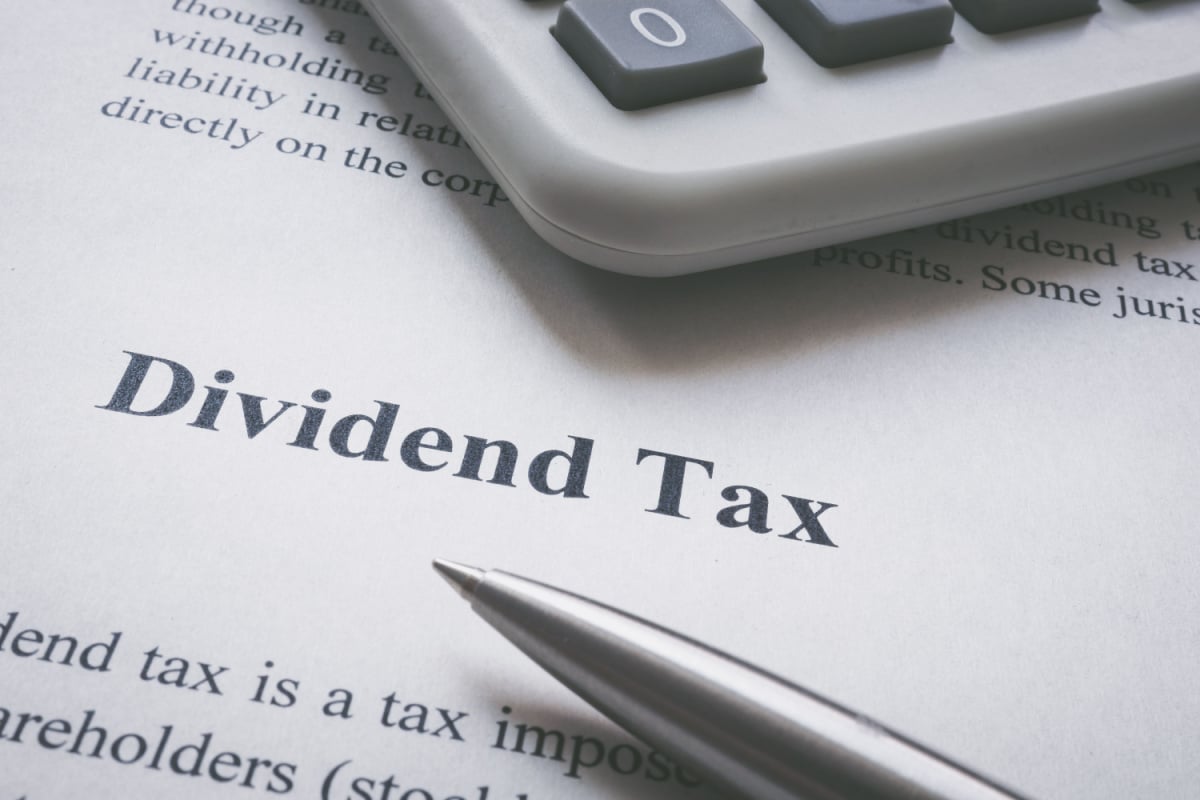
Open fast find
Close fast find
The £2bn tax drive on income, dividends, and capital gains – will you be affected?
Currently, the UK is in the midst of a sharp tax-raising drive.
In some ways, the fiscal changes introduced at the start of the 2023/24 tax year may not have seemed overly drastic, with most tax rates largely remaining the same.
However, the Government has been strategic with the areas of taxation they have decided to change or – importantly – keep the same.
From income tax to inheritance tax (IHT), individuals are likely to face higher bills in 2023 and beyond, despite not necessarily being subject to higher rates of taxation.
So, how have the Government structured their fiscal policy in such a way that some tax revenues are reaching record levels?
Ultimately, some of the thresholds at which an individual becomes subject to tax – or to an increased rate of tax – have been reduced.
Additionally, other thresholds have been frozen until 2028. And when in the midst of a rapid inflationary environment and a long-term trend of rising house prices, static thresholds can be used up increasingly quickly.
As a result, understanding how these new changes are impacting UK taxpayers (or are set to in future years) is becoming a growing priority for many people.
Recent income tax changes represent single largest tax-raising measure since 1970s
In April, it was announced that income tax thresholds in the UK are set to be frozen at their current levels until 2028.
| 2023/24 tax year | Income range | Income tax rate |
| Tax-free personal allowance | £12,570 | 0% |
| Basic rate taxpayer | £12,571 to £50,270 | 20% |
| Higher rate taxpayer | £50,271 to £125,140 | 40% |
|
Additional rate taxpayer |
Over £125,140 | 45% |
By its final year (2027/28), this freeze will represent the single most significant tax-raising measure since Geoffrey Howe increased VAT to 15% in 1979.
Importantly, one threshold has not remained the same, and has instead been reduced as of April 2023.
The additional rate threshold (the income level at which individuals begin to pay 45% tax on their income) has been reduced from £150,000 to £125,140.
This policy change is expected to push an extra 400,000 people into the UK’s top tax band and also cause existing additional rate taxpayers to pay tax on a greater proportion of their earnings.
Proportion of UK taxpayers subject to higher rates of income tax has tripled
These freezes and reductions are the latest in a long line of policy measures by successive governments that have hugely increased the scope of higher rates of income tax.
The share of adults paying higher rates has increased enormously in recent decades. In the 1991/92 tax year, just 3.5% of UK adults paid the 40% higher rate of income tax. By 2022/23, 11% were paying higher rates, with that figure set to reach 14% by 2027/28.
As a result, real household disposable income (RHDI) is expected to be 1.4% lower by 2027/28 than would have been the case if the personal allowance and higher-rate threshold increased in line with inflation.
Since the mid 1970s, income tax thresholds have by default risen in line with inflation.
Suspending these increases by freezing thresholds until 2027/28 means that, as incomes grow, an increasing number of individuals will find themselves pulled into paying higher rates of tax, even if their incomes have not grown sufficiently to keep up with inflation.
In other words, individuals who become less well off in real terms over the next five years may nonetheless see themselves facing higher rates of income tax.
2.5 million more taxpayers set to pay higher rates of income tax by 2027/28
Overall, the combined effect of frozen and reduced thresholds will see 2.5 million more taxpayers brought into the higher and additional rates of income tax by 2027/28, with 2.1 million more people expected to pay higher-rate tax and 0.4 million more liable to additional-rate tax.
In the space of 40 years, higher rates of income tax will have transitioned from a feature of the tax system reserved only for the top few percent of income earners to one that impacts a far more substantial proportion of the population.
Capital gains tax threshold set to fall by more than 75% over space of two years
A range of tax measures have been introduced in the 2023/24 tax year that have impacted a wide range of taxes, not exclusively income tax.
Namely, the capital gains tax (CGT) threshold in the UK has been reduced from £12,300 in the 2022/23 tax year to £6,000 in the 2023/24 tax year, representing more than a 50% decrease in the space of just one year.
Importantly, the capital gains tax free annual allowance will be further halved to £3,000 as of April 2024, reaching its lowest level since 1981.
As a result, investors who hold assets outside of tax-efficient vehicles may find that this move has significant negative implications for their annual capital gains tax bill.
Already, CGT receipts have roughly doubled over the past five years – from £9.2bn in 2018/19 to £18bn in 2022/23. With the CGT-free allowance set to fall further, the Office for Budget Responsibility (OBR) expects the tax to collect over £26bn per year by 2027/28.
Annual dividends tax allowance to fall to £500 in April 2024
The annual dividends allowance was also halved from £2,000 to £1,000 in April 2023, and will halve again to stand at just £500 as of 6th April 2024.
Once this allowance is used up you are subject to pay tax on dividends, with the rate based on the income tax band you fall into.
As a result, if you are pushed into a higher income tax band, you may also pay more tax on dividends you receive.
This, combined with the reduced threshold, could be particularly harmful for individuals who own significant dividend-paying stocks or rely on dividends as a primary source of income.
Subsequently, for dividend-heavy investors, it may become increasingly beneficial to explore routes that can offer exemption from dividends tax on qualifying shares, including ISAs and Venture Capital Trusts (VCTs).
Inheritance tax threshold frozen until 2028
Inheritance tax (IHT) is another tax having a growing impact on UK citizens.
With the IHT threshold currently frozen at £325,000 until 2028, a rising proportion of estates are expected to exceed this tax-free allowance over the next five years, largely due to rising house prices.
Any part of an estate that exceeds this figure will be subject to the UK’s 40% inheritance tax upon the estate-owner’s passing.
Ultimately, HMRC collected an additional £100m in inheritance tax revenue in April 2023 compared with April 2022. Figures such as these are expected to continue emerging as more individuals become subject to the liability.
The potential benefits of tax efficient investments
Tax-efficient investments can provide individuals with a significant opportunity to minimise their tax bill, a key benefit especially following all of the recent and imminent tax changes.
Providing relief and/or exemption from income tax, capital gains tax, dividends tax, and inheritance tax, tax efficient investments are an increasingly important consideration – especially for high earners and high-net-worth individuals (HNWIs) – in the 2023/24 tax year and beyond.
Some of the most popular schemes offering generous tax advantages in the UK include:
- The Enterprise Investment Scheme (EIS): Investors can receive 30% income tax relief, CGT deferral relief, CGT disposal relief, IHT exemption, and loss relief.
- The Seed Enterprise Investment Scheme (SEIS): Investors can receive 50% income tax relief, CGT reinvestment relief, CGT disposal relief, IHT exemption, and loss relief.
- Venture Capital Trusts (VCTs): Investors can gain tax-free dividends, 30% income tax relief, CGT deferral relief, and CGT disposal relief – provided that eligible VCT shares have been held for at least five years.
- Social Investment Tax Relief (SITR): Investors can receive 30% income tax relief and capital gains tax deferral relief, as well as CGT disposal relief.
Learn more about minimising your income tax bill
The Treasury is expected to collect as much as £2bn extra in tax and penalties on dividends and capital gains alone over the next two years, and it is estimated up to a million taxpayers will feel this tax drive.
To protect against the possibility of facing a larger tax bill than you may have expected – for high earners and investors especially – exploring tax-efficient investment routes could be highly valuable in the long-term.
Not only could following this route help to minimise your present tax bill, but your overall tax position can become more favourable. Furthermore, future concerns such as inheritance tax can be partially mitigated, enabling you to pass on as much of your wealth as possible to your loved ones.
With the additional rate of income tax currently standing at 45% in the UK and multiple thresholds being reduced and frozen, it is important to be fully aware of the opportunities available to reduce your income tax bills, and to ensure you don’t pay more tax than required.
To assist with the process of researching tax-efficient investment options, you may find it useful to download our guide to Tax Efficient Investing or – specifically for higher- and additional-rate taxpayers – our guide to Reducing Your Income Tax Liability as a High Earner.
%20(3)%20(2).jpg)












